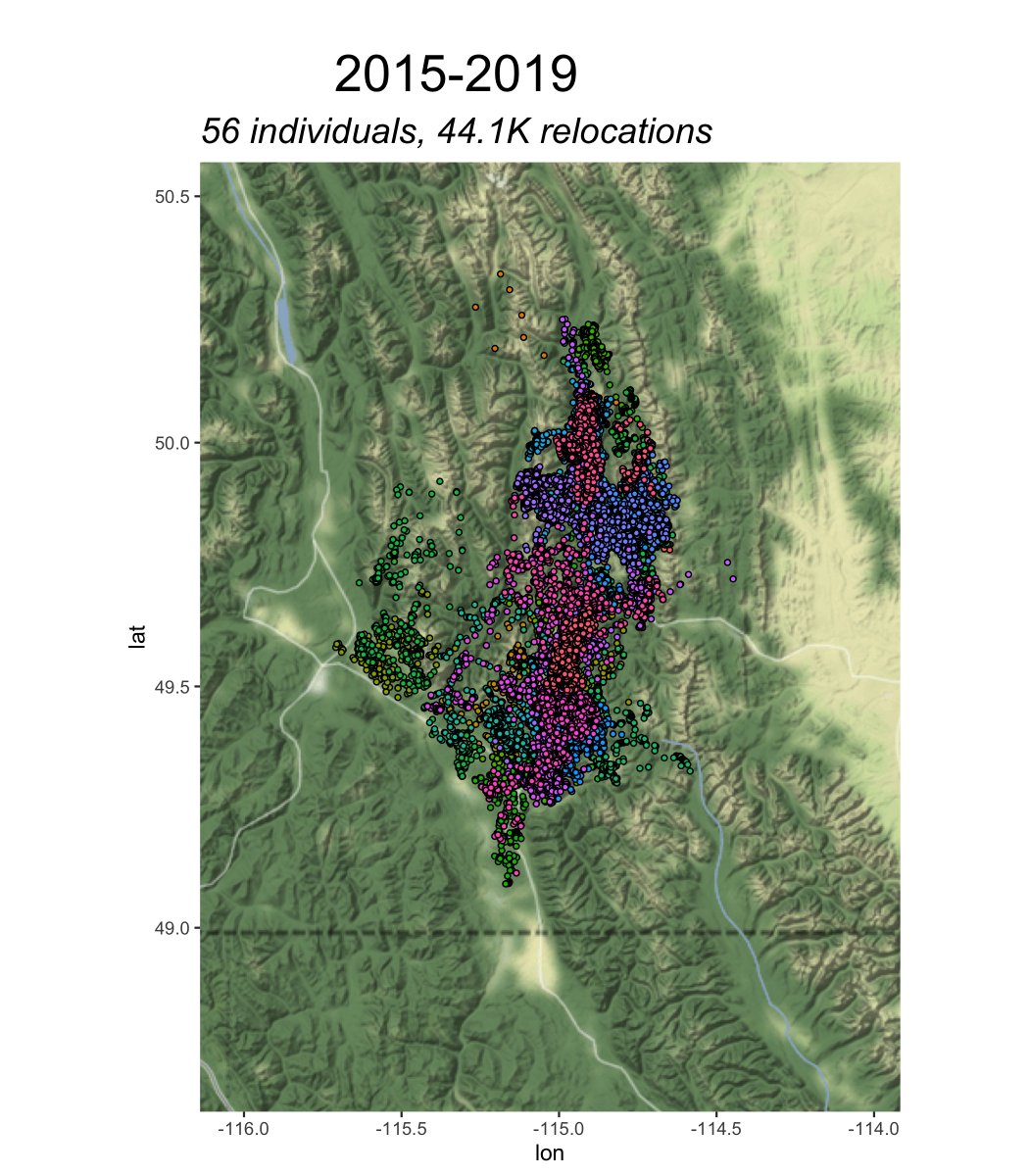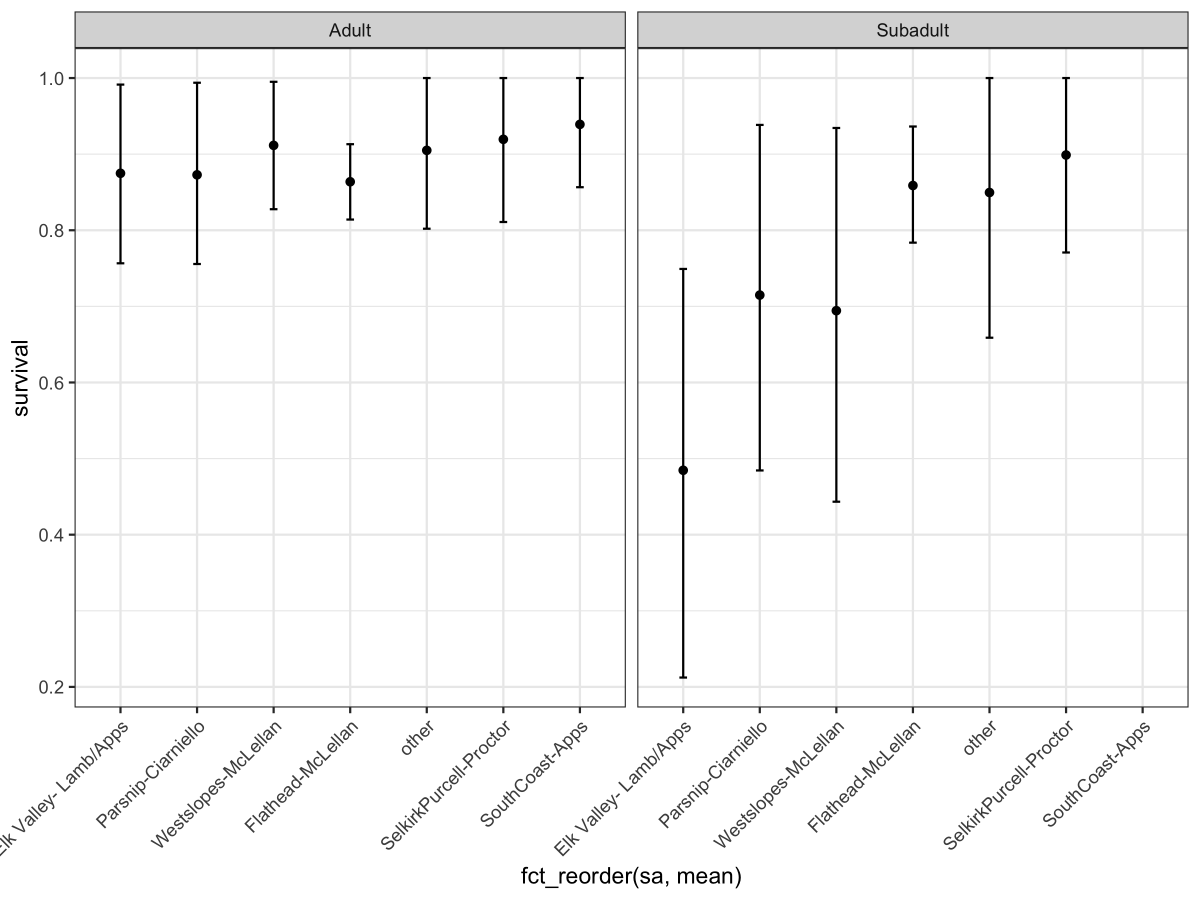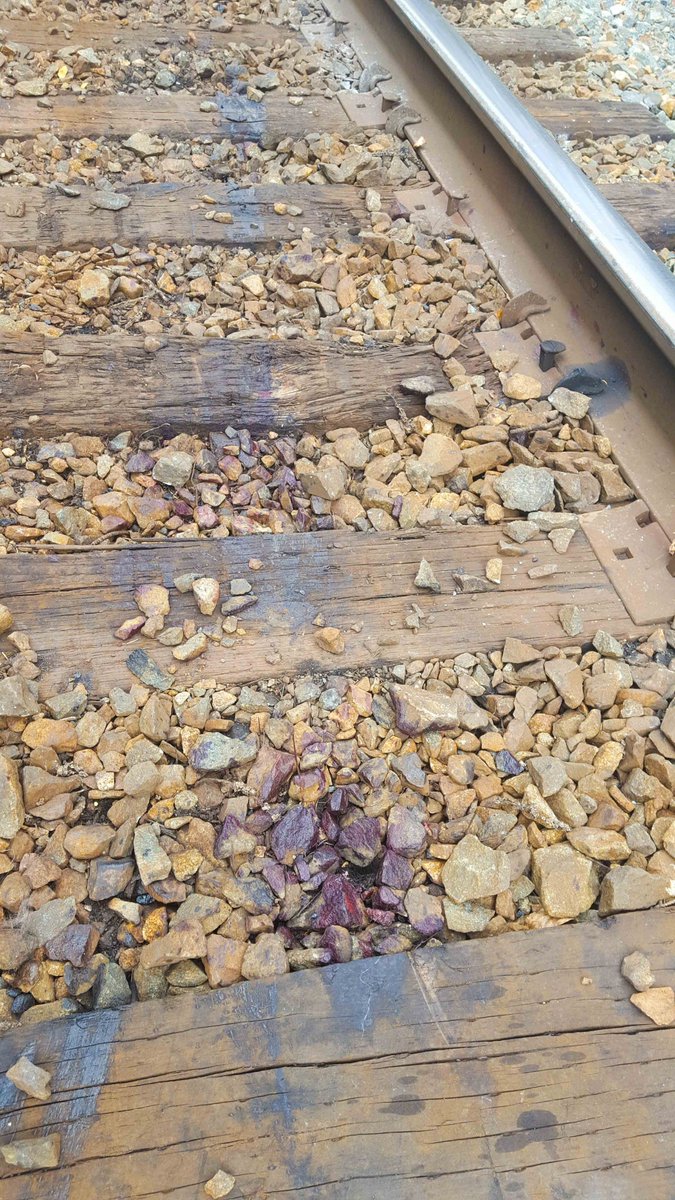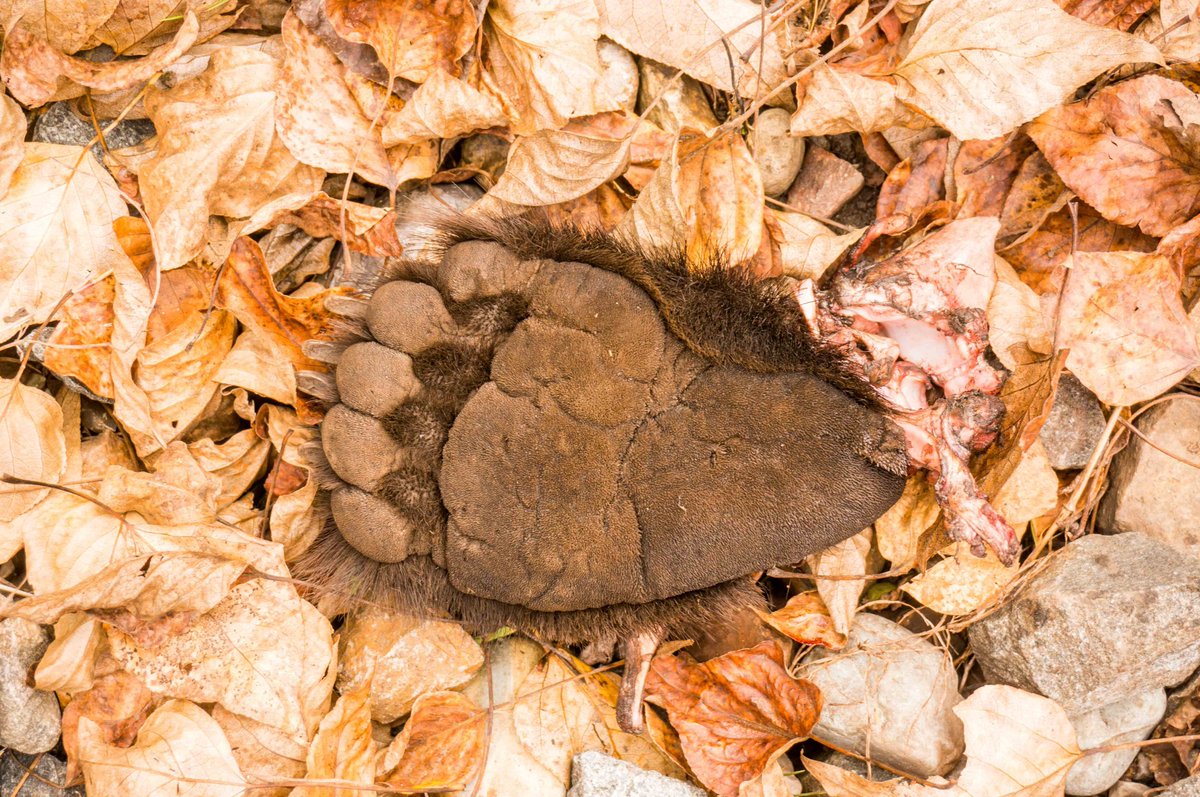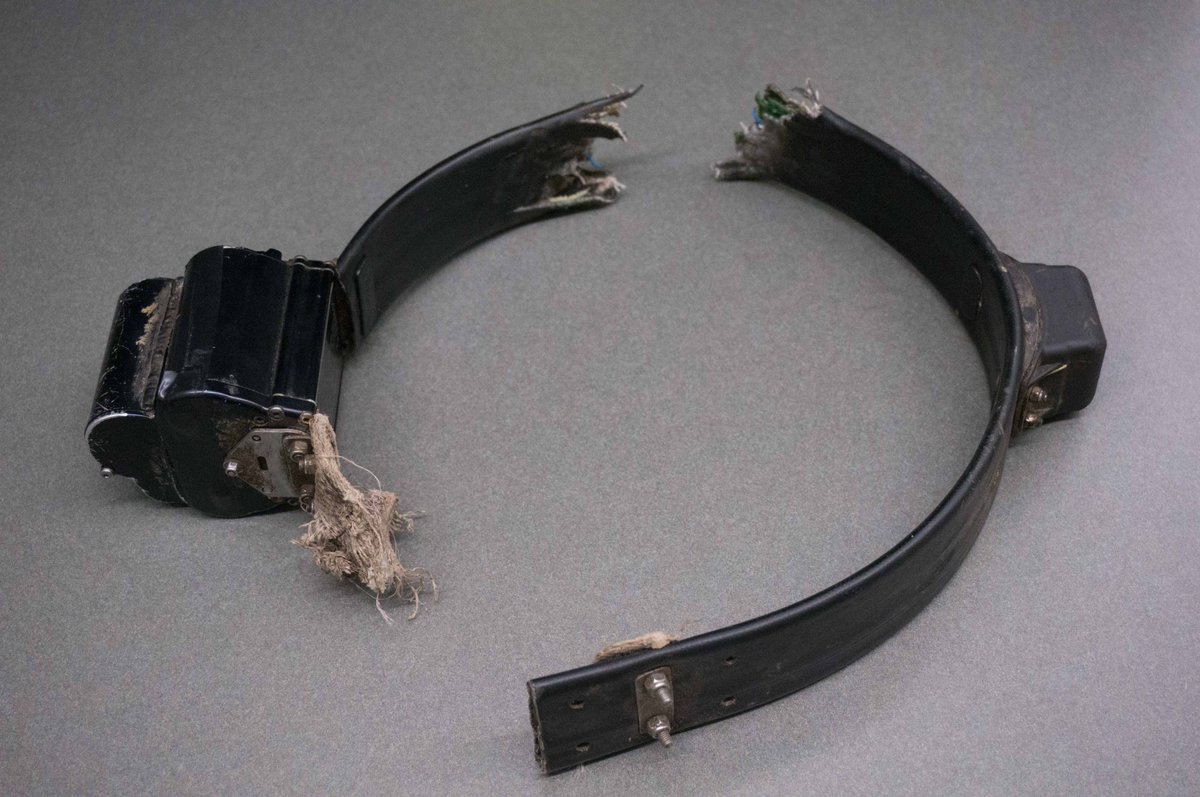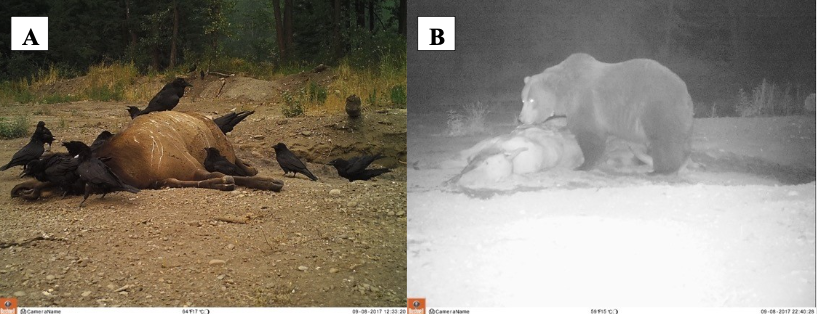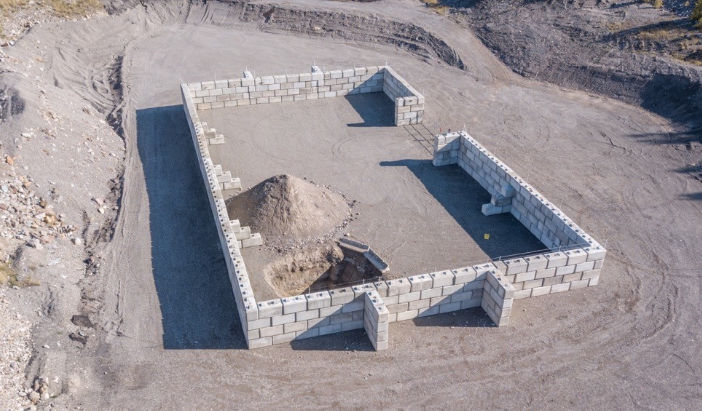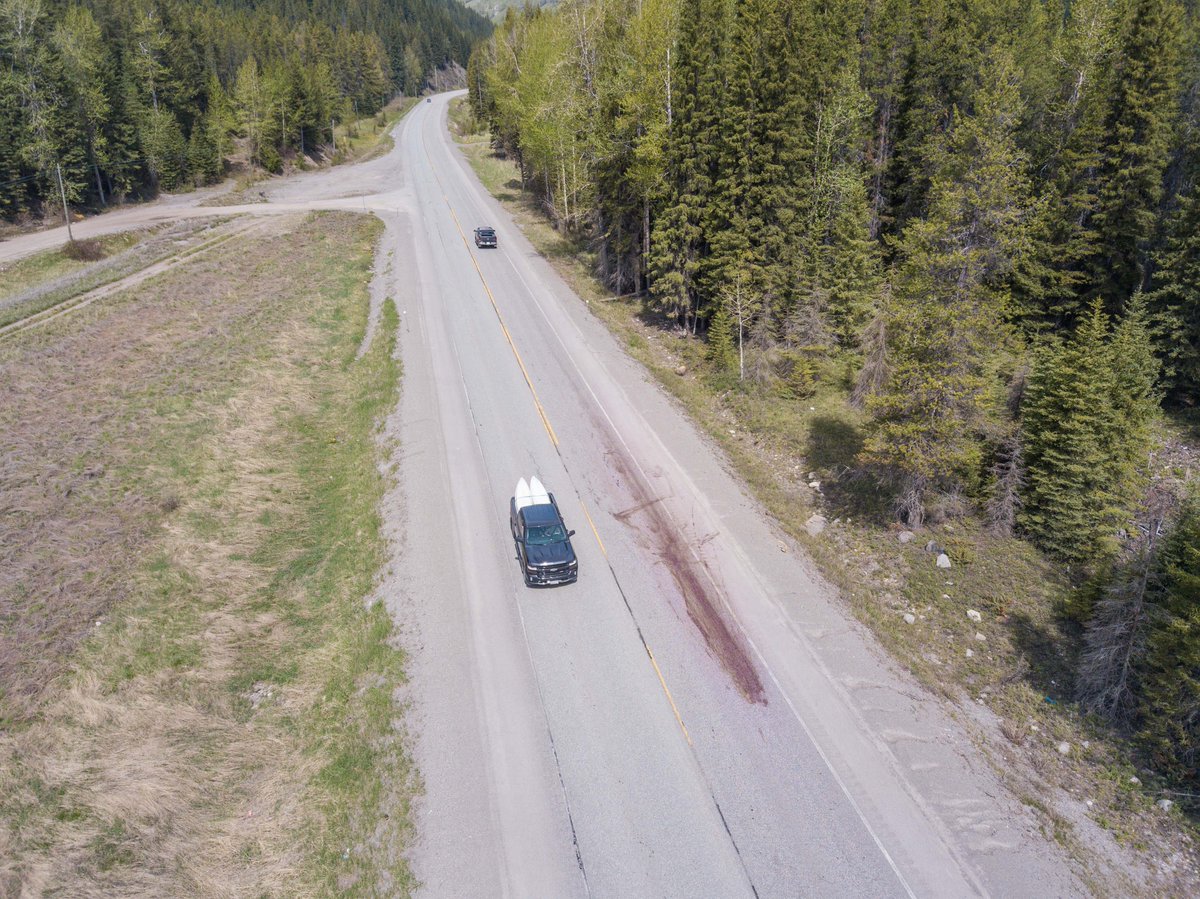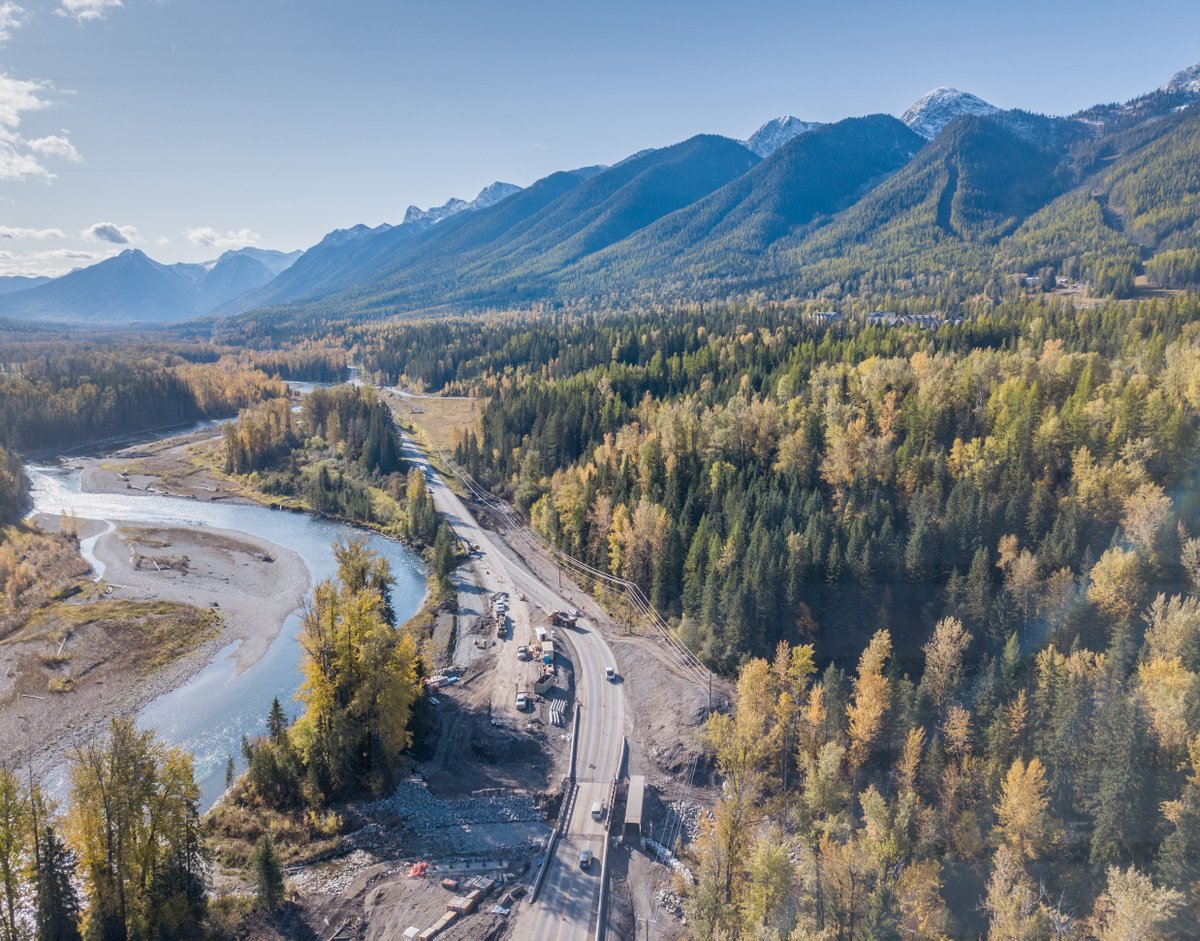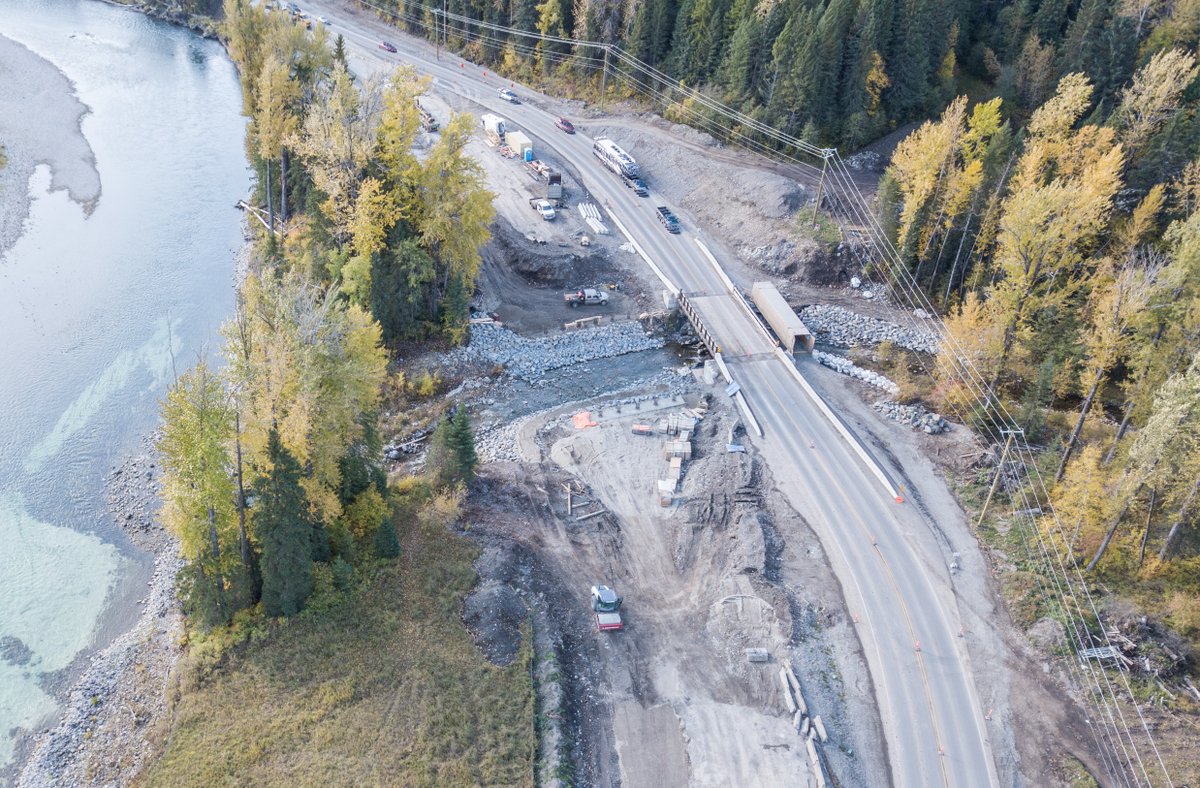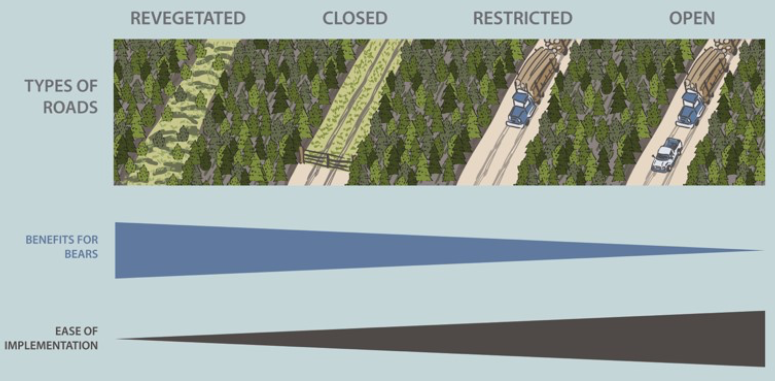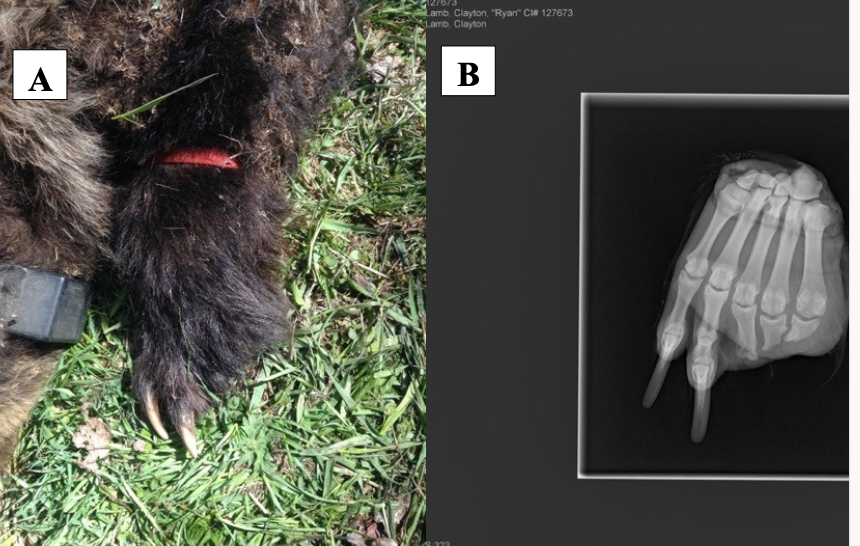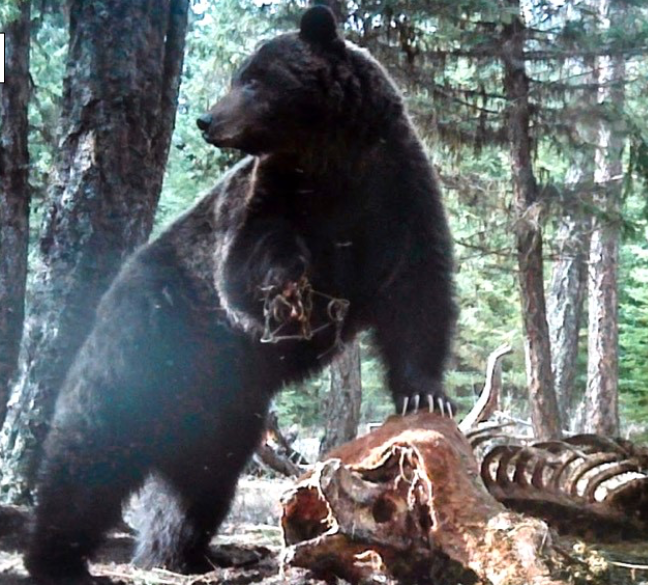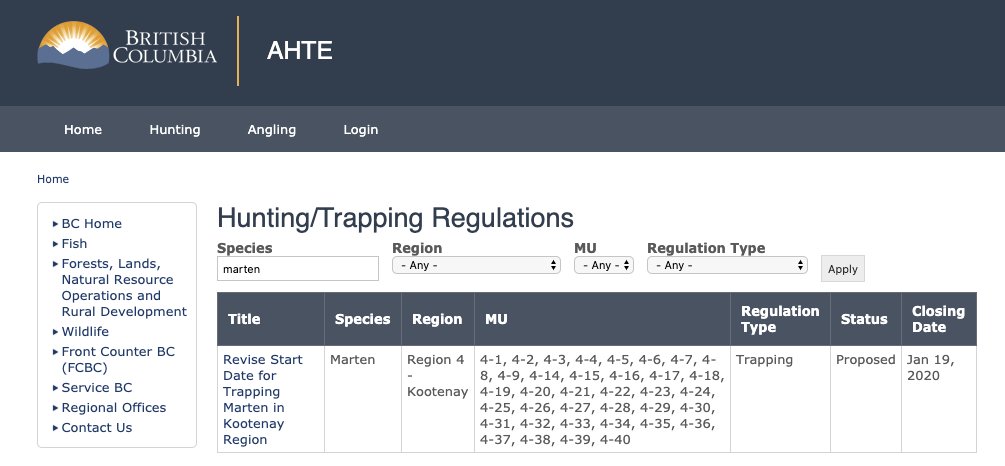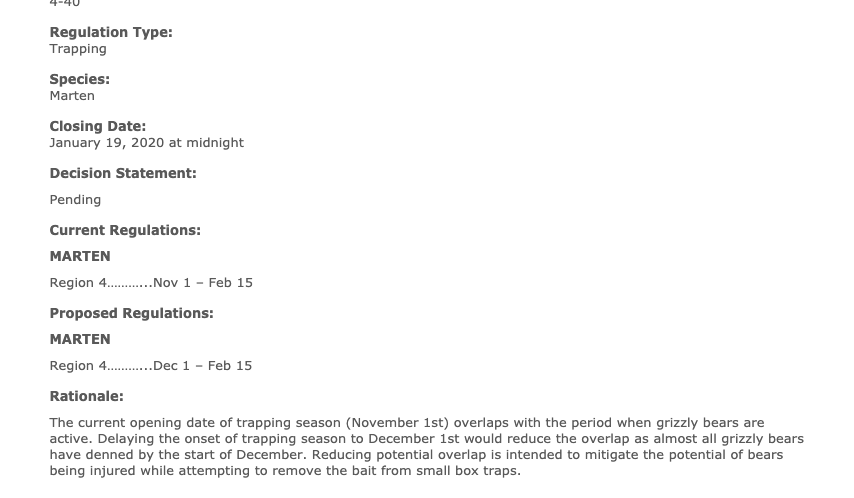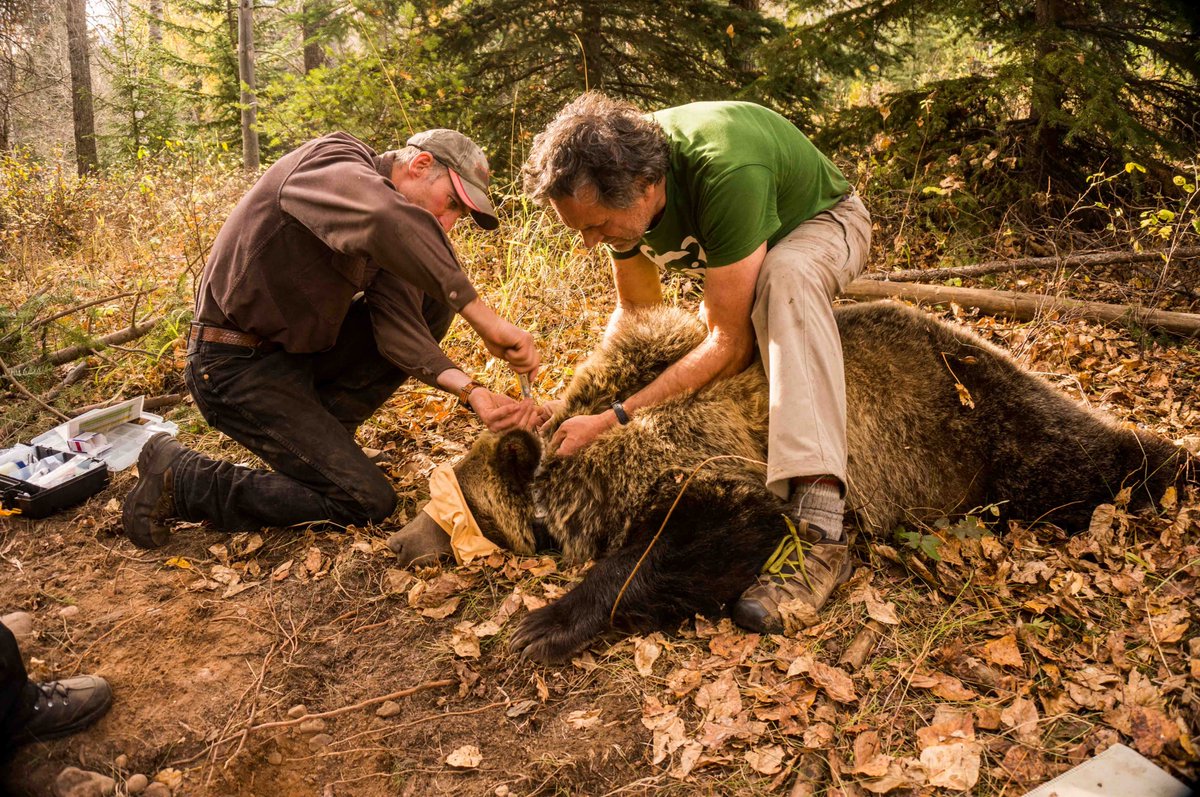Pleased to be working with @FES_BC & @HCTFBC on this important work. Our project, and conservation actions, wouldn& #39;t be possible without such support.
Let me share what we& #39;ve learned from the bears, and then done with this information to help people & bears coexist. A thread: https://twitter.com/FES_BC/status/1273631787411898370">https://twitter.com/FES_BC/st...
Let me share what we& #39;ve learned from the bears, and then done with this information to help people & bears coexist. A thread: https://twitter.com/FES_BC/status/1273631787411898370">https://twitter.com/FES_BC/st...
We have followed the lives of 56 grizzly bears in southeast BC. Males, females, young (3-6yo), to old (22+yo). We learn about where the animals live, how they navigate human-dominated landscapes, how many offspring they have, and if/when/how they die.
Some bad news/harsh truths to start. But KEEP READING! The first thing that we learned is that young grizzly bears in this area have the lowest survival rates of all grizzly bear survival studies published in North America (see Lamb/Apps graph).
The bears die a variety of ways, but generally due to conflicts with humans over attractants (fruit trees, garbage, livestock), or collisions with vehicles (highway) or trains.
We learned a lot about what was bringing them close to people. A major attractant was uncontrolled roadkill dumping pits that were major bear feeding grounds. Here is an example A) roadkilled elk dropped at deposition site (500 m from a highway rest stop), B) Grizz eating it
We worked with the BC Ministry of Transport and Infrastructure to solve this issue. We build "bear bunkers" that were electrified that keep bears away from roadkill, and allows them to live more natural lives, further away from people.
Some media on this: https://www.cbc.ca/news/canada/british-columbia/grizzlies-use-road-kill-dump-sites-like-supermarkets-1.5343613">https://www.cbc.ca/news/cana...
Another issue was roadkill. Animals get hit on Highway 3 in large volumes. 100& #39;s a year, and the issue extends well beyond grizzly bears to elk, sheep, deer, moose, etc. These collisions threaten human lives as well, and cost society millions. We wanted to change this.
So we made a plan with @Miistakis, @Y2Y_Initiative , @wildsight, @TeckResources, @TranBC, and local governments to try and create safe passages for people and wildlife: https://www.roadwatchbc.ca/files/Hwy%203_Lee%20et%20al._ReportAmendment_2019_Final.pdf">https://www.roadwatchbc.ca/files/Hwy...
We have broken ground on this project with a first underpass structure on Lizard Creek near Fernie, and future work includes a 5-year mitigation project between Hosmer and Alberta border= fencing, 1 overpass, and many underpasses. The future is collaborative and bright.
The high resource road density in the area poses another challenge for the conservation of #grizzlybear and other species (including aquatic). We are working with BC government to restore the landscape to a point that will work for people and wildlife in these shared spaces
The last thing we are working on is missing toes. Approximately 5-10% of the bears we catch are missing significant portions of their feet. This was very concerning.
Following a year of research and expert interviews from around the world, we collected compelling evidence that this was due to conibear traps (for catching marten) getting stuck on bears& #39; feet. The other photos we have are too graphic to show..
We used the grizzly bear collar and denning data to figure out when the trapping season temporally and spatially overlapping with grizzly bears. The fall marten season immediately popped out as the issue. It started about a month too early. We worked with gov to propose a change.
We are just waiting on the June 30 release of the regulations to see if this evidence-based regulation was approved.
A final thing: We heard from local land stewards that ppl were commercially harvesting huckleberries and there may be negative impacts to bears. We developed models to predict key berry areas, and gov protected them https://www.e-know.ca/regions/east-kootenay/huckleberry-harvest-restricted-to-protect-grizzly-habitat/">https://www.e-know.ca/regions/e...
Pleased to be working with a great team ( @FES_BC @HCTFBC @TeckResources @TranBC @_BCCOS and many others) to learn about the challenges and successes in carnivore coexistence. The above evidence-to-action pipeline supports the people and carnivores coexisting in shared landscapes.

 Read on Twitter
Read on Twitter